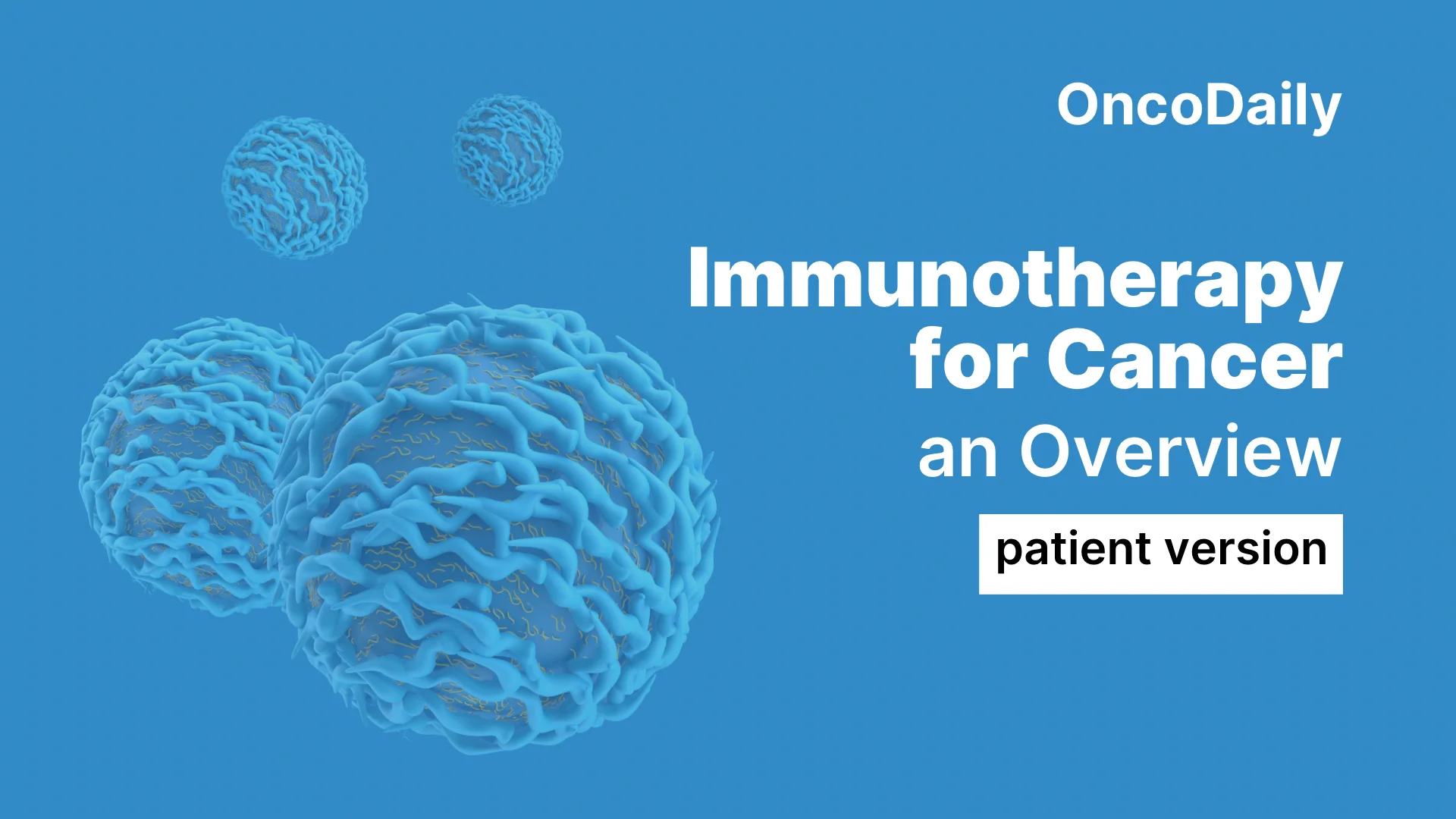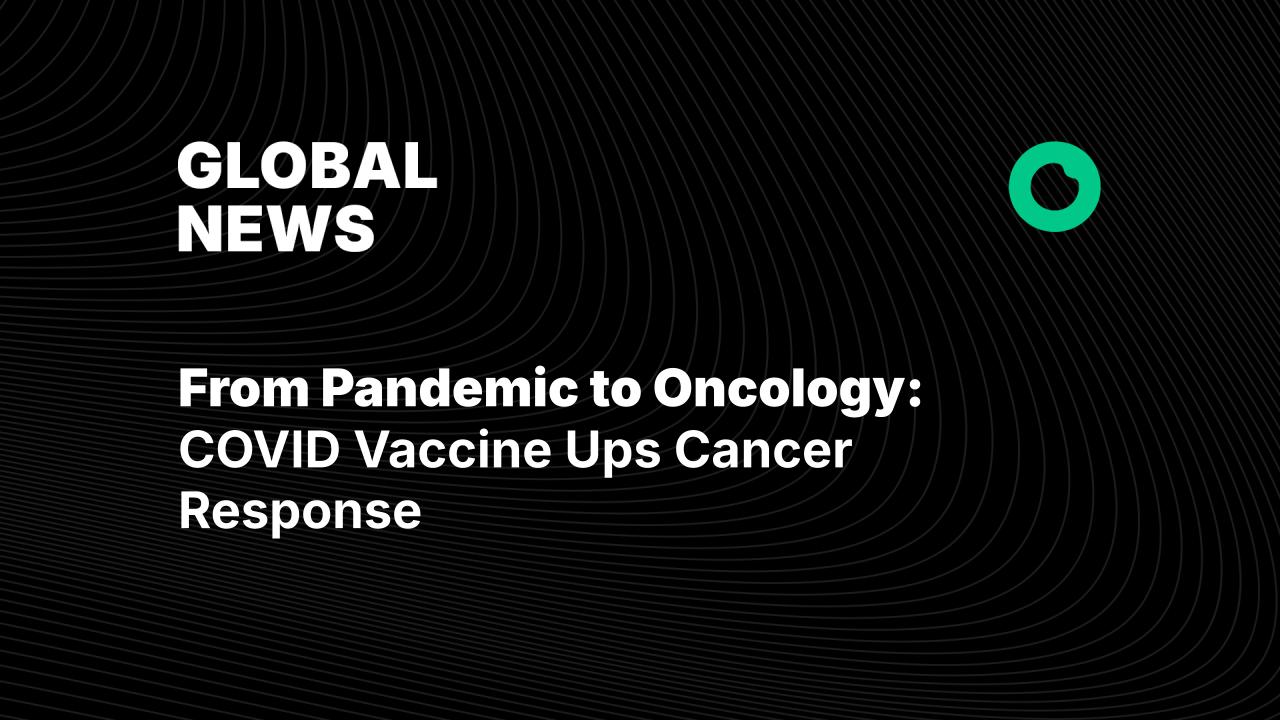Immune checkpoint inhibitors (ICIs)—drugs that take the “brakes” off immune cells—have transformed cancer care. But they’re far from perfect: most patients don’t respond because their tumors are “cold,” meaning the immune system isn’t paying attention. A new study in Nature reports a curious and potentially powerful twist: standard SARS-CoV-2 mRNA vaccines (the same kinds used for COVID-19) appear to prime the immune system so it’s more likely to respond to ICIs.
In lab models and in large real-world patient datasets, getting an mRNA COVID vaccine near the start of ICI therapy correlated with better outcomes, especially in cancers that usually ignore immunotherapy. The authors argue the vaccine acts like a temporary megaphone for your immune system’s early-warning signals, making tumor cells more visible and vulnerable to ICI treatment.
Why would a COVID vaccine help fight cancer?
It’s not about the virus—it’s about the spark. mRNA vaccines trigger a short, sharp burst of antiviral alarms in the body, especially a molecule called type I interferon. That surge wakes up innate immune cells (the first responders), which in turn help train killer T cells that can recognize and attack tumor-associated targets. On their own, tumors often dodge this attack by putting up a shield—PD-L1—that exhausts T cells. But if you add an ICI at the same time, you block that shield, letting the T cells finish the job. In preclinical models, this interferon burst was essential; block it, and the antitumor effect vanished.
What the human data say (and don’t)
The team looked back at outcomes for thousands of patients. In people with non-small cell lung cancer who began ICI treatment, those who received an mRNA COVID vaccine within 100 days had markedly better survival than those who didn’t. After adjusting for many clinical differences, the median overall survival rose from 20.6 months to 37.3 months, and 3-year survival improved from 30.8% to 55.7%—roughly a 49% lower risk of death (adjusted hazard ratio 0.51). That benefit held up across disease stages and vaccine brands.
They saw a similar signal in a separate metastatic melanoma cohort. Although smaller, this group included 43 vaccinated and 167 unvaccinated patients treated with their first round of ICI, and vaccination within 100 days again tracked with better survival on multiple analyses.
The researchers also asked a practical question: does any vaccine do this? Their answer was “not really.” The mRNA COVID shots were associated with the survival benefit; influenza and pneumonia vaccines in the same time window were not. That difference reinforces the idea that the distinctive immune jolt from mRNA formulations matters here.

Read Our Special Article About Immunotherapy for Cancer
A nudge that even “cold” tumors feel
In lung cancer, doctors often use PD-L1 tumor proportion score (TPS) to decide whether a patient can get single-agent immunotherapy (≥50% TPS) or needs chemo-immunotherapy. Among thousands of pathology reports, getting an mRNA COVID vaccine within 100 days before a tumor biopsy was associated with a higher average PD-L1 TPS and a 29% higher chance of meeting the ≥50% cutoff—enough to potentially change first-line treatment for some patients. The effect wasn’t seen with flu or pneumonia vaccines.
Zooming out beyond lung and melanoma, a broader, “tissue-agnostic” cohort also showed better survival for patients who got any COVID mRNA vaccine near ICI start (hazard ratio ~0.73). The pattern stayed consistent when limited to those vaccinated before starting ICI and to patients who started treatment during the pandemic era.
Perhaps most intriguing: patients with very low PD-L1 (<1%)—the classic “cold” group—appeared to close the gap in outcomes when they’d been vaccinated near the start of ICI. That hints the vaccine may “reset” the immune context so ICIs can work where they usually don’t.
What this means for patients right now
This isn’t a clinical guideline or a prescription to re-time shots. It’s associational evidence (from retrospective cohorts) plus mechanistic lab work that together build a compelling story: standard mRNA COVID vaccines act like a short-term immune amplifier that can make tumors more responsive to checkpoint blockade. The safest takeaway today is not “get vaccinated to treat cancer,” but rather that vaccination—already recommended for infection prevention in most cancer patients—might carry a bonus for those on ICIs. Prospective trials will need to validate the best timing, dosing, and which patients stand to benefit most.
The fine print (important!)
- Correlation ≠ causation. People who get vaccinated may differ in ways that also affect outcomes. The authors used multiple statistical approaches (covariate adjustment, propensity matching, immortal-time bias correction), but only randomized trials can nail causality.
- It’s about mRNA formulations. The lack of effect from influenza/pneumonia shots suggests not all vaccines deliver the same immune kick. The mRNA platform’s robust interferon burst seems central.
- One size won’t fit all. Cancer types, prior treatments, steroid use, and immune baselines vary widely. The effect looked broad but not universal, and the biology is complex.
Safety matters. The study focuses on efficacy signals. Clinicians will still weigh infection-prevention benefits, potential vaccine side effects, and the patient’s overall situation.
A practical mental model
Think of the mRNA COVID shot like an alarm bell that briefly heightens immune vigilance throughout the body. That alarm drives interferon spikes and mobilizes innate cells, which then help train T cells. Tumors, feeling the heat, throw up more PD-L1 “smoke screens.” If ICIs are on board at that moment, they neutralize the smokescreen and let T cells keep attacking—sometimes even revealing new tumor targets in the process (“epitope spreading”). It’s a timing-dependent tag team: vaccine lights the match, ICI keeps the fire burning.
Where this could go next
Expect to see prospective trials that intentionally align mRNA vaccination with ICI start dates, explore booster schedules, and test the concept in other cancers. Researchers may also examine custom mRNA vaccine tweaks that retain the interferon-boosting “spark” while dialing in safety and consistency across patients. For now, this paper opens a new, low-cost lever for improving immunotherapy—using a widely available vaccine to warm up cold tumors—and challenges us to think creatively about how we choreograph the immune system for better cancer control.
